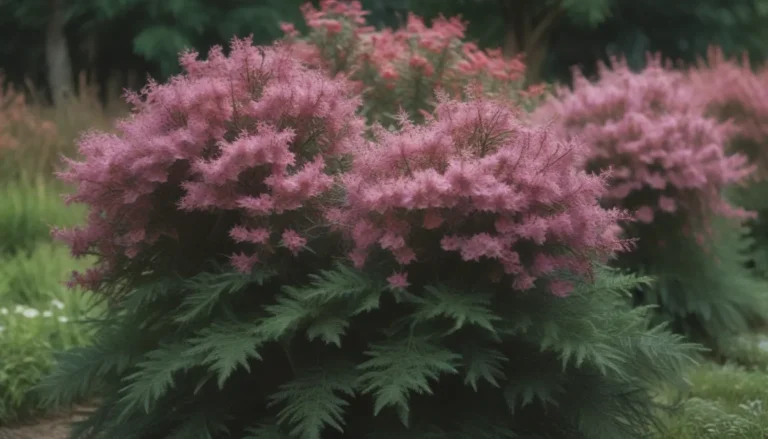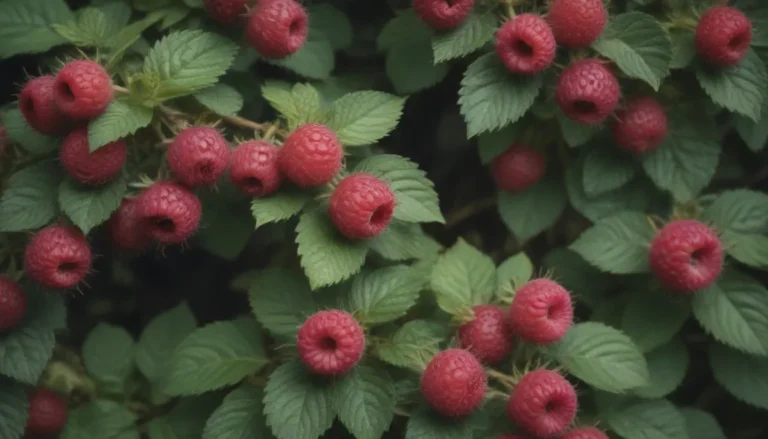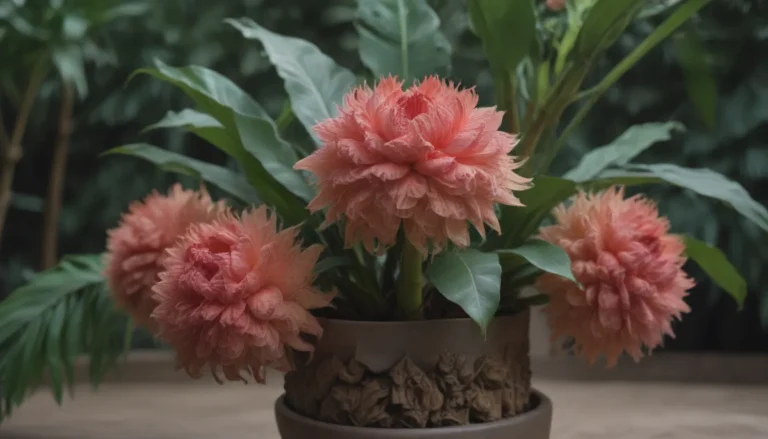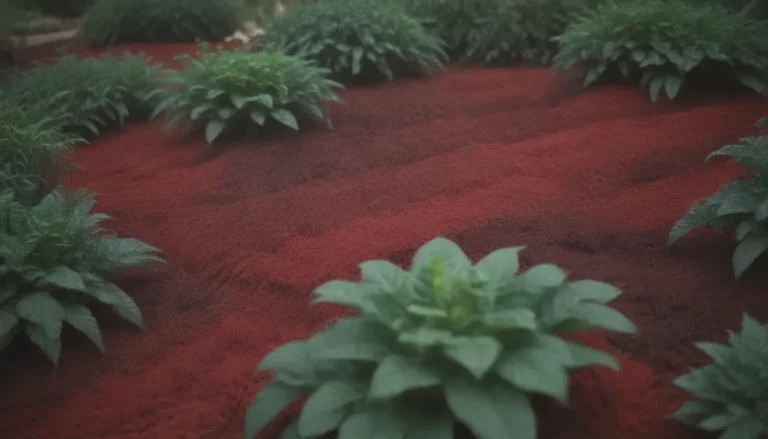Everything You Need to Know About Growing and Caring for Baby’s Breath Plants
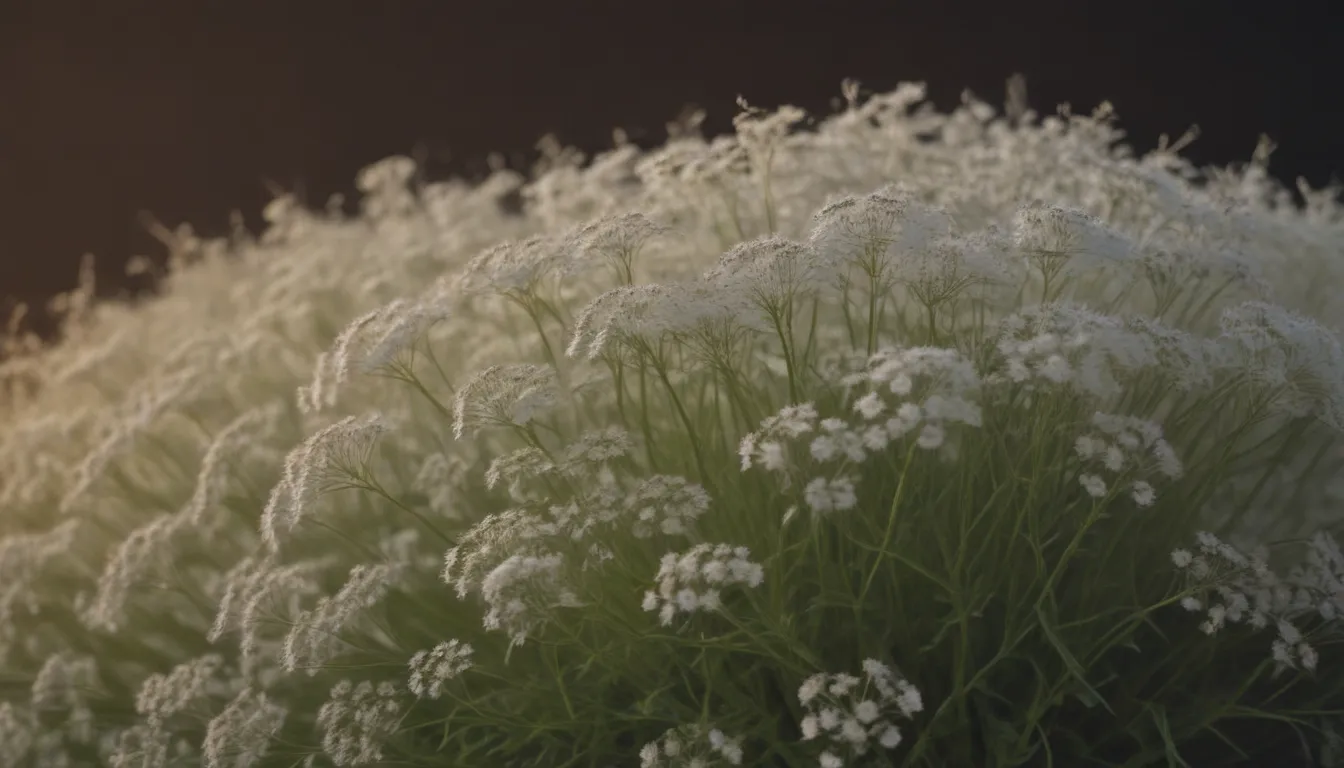
If you’re looking to add a touch of delicate beauty to your garden, baby’s breath plants might just be the perfect choice for you. While these plants are often associated with floral arrangements, they can also thrive in a garden setting, adding a charming and ethereal feel to any outdoor space.
What are Baby’s Breath Plants?
Baby’s breath plants, scientifically known as Gypsophila spp., are a genus that consists of more than 100 annual and perennial species. These plants come in various shapes and sizes, with some featuring a creeping growth habit that forms a lovely flowering ground cover, while others grow in upright mounds with slender stems that give them a light and airy appearance. During the summer months, baby’s breath plants are adorned with tiny, five-petaled white or pink flowers that can last for several weeks. These blooms are not only aesthetically pleasing but also attract butterflies and other pollinators to your garden.
Planting and Care Tips for Baby’s Breath
When it comes to caring for baby’s breath plants, they are relatively low-maintenance. Here are some essential tips to ensure your plants thrive:
- Plant baby’s breath in a sunny spot with well-draining soil for optimal growth.
- Water the plants during dry spells, but be cautious not to overwater as this can lead to root rot.
- Support the thin stems of mature plants with garden stakes to prevent flopping.
- Fertilize the plants annually with compost to promote healthy growth and abundant blooms.
Warning: Potential Risks
It’s important to note that while baby’s breath plants are beautiful additions to a garden, they also come with potential risks. These plants are considered invasive species in North America and can cause irritation to the eyes, nose, skin, and respiratory tract in humans. In pets, ingestion of baby’s breath can lead to gastrointestinal issues such as vomiting, diarrhea, and anorexia. Be mindful of these risks when planting and caring for baby’s breath in your garden.
Types of Baby’s Breath Plants
The Gypsophila genus offers a diverse range of baby’s breath varieties beyond what you may typically see in floral arrangements. Some popular species include:
- Gypsophila elegans
- Gypsophila paniculata ‘Bristol Fairy’
- Gypsophila paniculata ‘Compacta Plena’
- Gypsophila paniculata ‘Perfekta’
- Gypsophila paniculata ‘Viette’s Dwarf’
Propagation and Pruning
Baby’s breath plants can be easily propagated from cuttings taken from mature plants. Additionally, these plants can be grown from seeds indoors before transplanting them into your garden. Pruning baby’s breath after the first bloom can help maintain their shape and encourage a second round of flowering. Come fall, cutting the stems of perennial baby’s breath plants about an inch above the ground will help them overwinter successfully.
Common Pests and Diseases
Like any plant, baby’s breath is susceptible to pests and diseases. Common pests include aphids, leafhoppers, Japanese beetles, slugs, and rabbits. Keep an eye out for discolored leaves or holes in the foliage as signs of pest infestation. Additionally, watch out for fungal infections and root rot, which can occur due to overwatering. Non-chemical controls such as citrus or soap sprays can help manage pest issues.
Tips for Successful Blooming
To ensure that your baby’s breath plants bloom beautifully year after year, follow these tips:
- Prune the plants after the first bloom to encourage a second round of flowering.
- Winterize the plants before the first frost to ensure they come back strong in the spring.
- Freshly picked baby’s breath can last up to 8-10 days in a vase with fresh water, providing a touch of beauty indoors as well.
In conclusion, with proper care and attention, baby’s breath plants can thrive and bring a sense of delicate charm to your garden. Remember to plant them in a sunny location with well-draining soil, provide minimal water, and watch out for potential pests and diseases. By following these tips, you’ll enjoy the beauty of baby’s breath blooms throughout the growing season.
